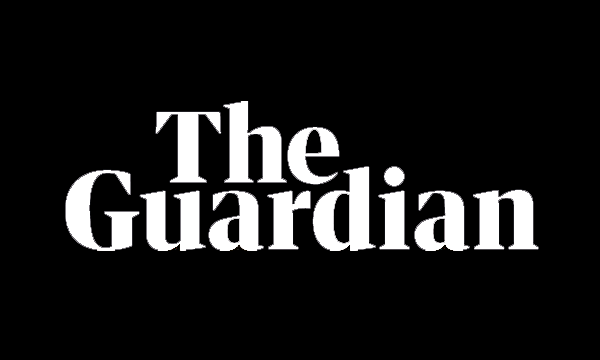
Expectedly, the enthusiasm is around the improved margin outlook of FMCG companies with softening raw material prices. This should bring some respite as companies have faced acute margin pressures in the last few quarters because of high input costs. Prices of key commodities such as crude oil and palm oil have dropped by about 29% and 55% from their respective peaks seen in March. HUL and Godrej Consumer Products Ltd are the key beneficiaries of this softening trend.

Gross margins are likely to expand from Q3 onwards as the ongoing September quarter (Q2FY23) would see the adverse impact of high-cost inventory. But eventually, whether margins reach pre-covid (FY20) levels remains to be seen. “Assuming normalization of input costs beyond FY23 and partial reversal of the numerous (but calibrated) price hikes, we expect material gross margin expansion over FY22-24E, bringing it closer to FY20 levels," said a report by Nirmal Bang Institutional Equities dated 8 September. Gross margin for FMCG companies under Nirmal Bang’s coverage has contracted by >400bps over FY20-22.
You might also like
Big IPOs coming. Is the market ready?
Why we need less food in our inflation basket
Sebi probes 20 funds managing ₹10,000 crore
Why you should be wary of business cycle funds
Even so, a potential rise in advertising and promotion expenses may weigh on Ebitda margin. Companies may resort to higher advertising and promotion spends to boost volumes. Here, cost-control measures would offer comfort. “The increased focus on savings and cost efficiencies, especially over the last two years (largely because of multi-year inflationary pressure), has led to a leaner profit and loss account (reduced cost structure) for the FMCG coverage universe," said the Nirmal Bang report.
That said, all eyes would be on the extent of demand recovery in the near-to-medium term. “On the macro front, positives outweigh negatives with a recovery in consumer confidence, good monsoon, steady goods and services tax collections and kharif minimum support price increase that should accelerate growth," said a report by BNP Paribas Securities India dated 8 September.
Improving demand is crucial for volume growth, which has been relatively softer across companies. Against this backdrop, product price hikes have driven revenue growth.
The FMCG sector’s aggregate three-year revenue compound annual growth rate in Q1FY23 was at 8.3%, which is a seven-quarter high.
Going ahead, volume growth could also be driven by a reversal of price hikes in view of the softening input prices. This trend has started to show in the soaps category with the fall in palm oil prices. ITC Ltd took a price correction for the Vivel brand to improve competitive positioning, points out BNP Paribas. Marico has cut the prices of Parachute coconut oil slightly in the view of soft copra prices.
A pick-up in rural demand is critical and demand trends in the festival season need closer tracking. A rise in commodity prices could play spoilsport for investor sentiments. Meanwhile, with the rise in share prices of FMCG companies, valuations have increased. HUL and Dabur’s shares trade at nearly 53 times and 44 times estimated earnings for FY24, respectively, Bloomberg data showed. Consumer staples companies are trading at a steep premium to their history, said the BNP Paribas report.
The main worry would be if demand conditions do not improve adequately. However, if the demand environment deteriorates hereon, the margin improvement that the Street is expecting in the second half of FY23 is at risk.
Elsewhere in Mint
In Opinion, Vivek Kaul makes a case for merger of Walmart, Netflix and Spotify. Shephali Bhatt argues why hot takes from hot seats don’t always yield hot brands. Andrea Felsted writes on the post-pandemic lipstick effect. Long Story gets inside Sebi’s battle to tame algo trading.







